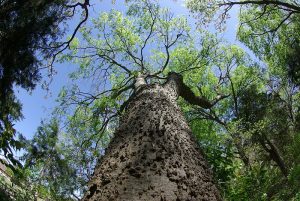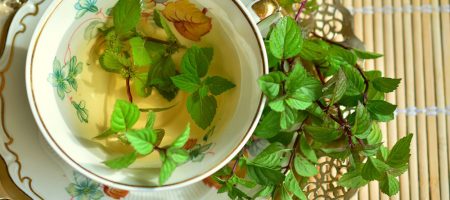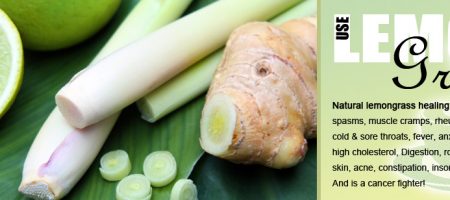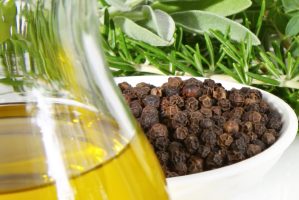Sugarberry/Celtis laevigata
Wouldn’t it be wonderful to find a tree that is immune, or at least resistant to the parasitic plant “Witches Broom”, better known as the beautiful Mistletoe. Well, there are several trees immune to the evil powers of the Mistletoe, including the Sugarberry tree. The Sugarberry is known as the Southern version of Hackberry, an American favorite. The tree is very strong and is great for building tree-houses and forts for kids. It carries swings and ladders very well. The only downfall is the knobs that stick out of the tree. It is very painful to scrape you hands on these knobs, but fortunately the tree is mostly smooth and not completely covered with these painful knobs.

By Richard Murphy at commons.wikimedia.org
You can find the Sugarberry growing well in most of the southern part of the U.S.A. It’s cousin the Hackberry grows on the opposite side of the country, and does just fine by staying away from it’s dominant cousin. However, the Hackberry is kept from thriving to it’s fullest potential because unfortunately the Hackberry is not immune to the Mistletoe like the Sugarberry is. You can find the Sugarberry growing across Oklahoma, Florida and other states including Texas and Louisiana. It does well in temperate forests next to oaks, elms and mulberries. They do fine in rocky clay soil and prefer places beside streams, fields, and sunny locations.
The leaves are a nice bright green, and have a very rough feel. The leaves grow alternatively and have a noticeable unique growing pattern. A stem width usually 7 or 5 leaves break of alternatively from a main branch which breaks off from another branch. It may seem all messy and just spontaneously grown but the tree follows a pattern much like most other plants. The leaves are also identified rather easily for the galls that usually take over several patches on branches.

Sugarberry’s cousin the Hackberry
The berries are very small, maybe reaching 1/2 an inch, but those are the big ones. They are green in the early stages and turn a pretty purple/reddish tone during the fall-time. They are completely edible, however, it would be good to mention that the seed within the thin layer of fruit is very hard and known as a tooth breaker. People prefer to grind them into a spice if possible. The fruit, which is the small layer of juice and flesh is quite tasty and the favorite part of the tree. Another method is to make Sugarberry milk.
Sugarberry milk is very healthy and even pleasant tasting. All you need is water and the berries. Gather as many as you can, grind them with either a blender or even a mortar and pestle. Add both to warm water. Let it sit to let the flavor soak in. You can cook it, or leave it raw. Strain the “milk”, and enjoy. It is optional, but you can add some sweetener if you prefer something stronger.
The Hackberry and the Sugarberry are known to be invasive, strong-willed, and delicious. Before you decided to clear the property of these stubborn trees, check for the fruit, try it out, then decide. You never know if you found a replacement for all that expensive Almond or Coconut milk at the store!
Resources:
http://www.carolinanature.com/trees/cela.html
http://www.missouribotanicalgarden.org/PlantFinder/PlantFinderDetails.aspx?kempercode=a857
http://texastreeid.tamu.edu/content/TreeDetails/?id=26
https://emilyhan.com/hackberry-tree/








